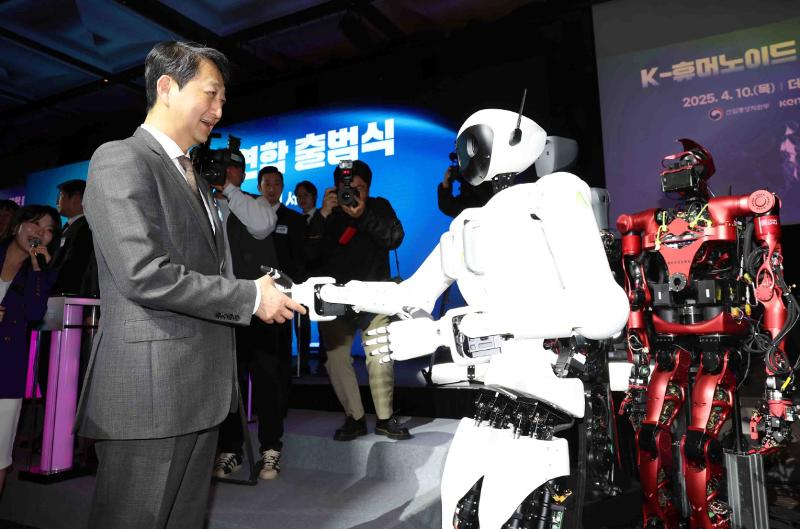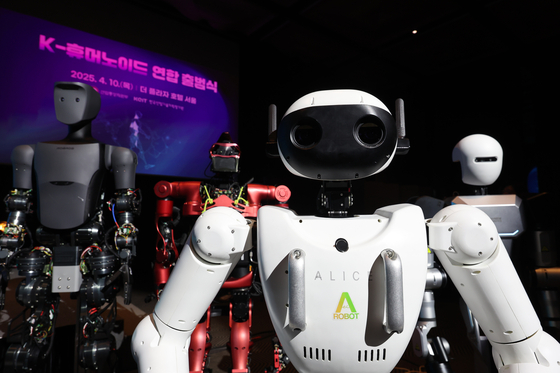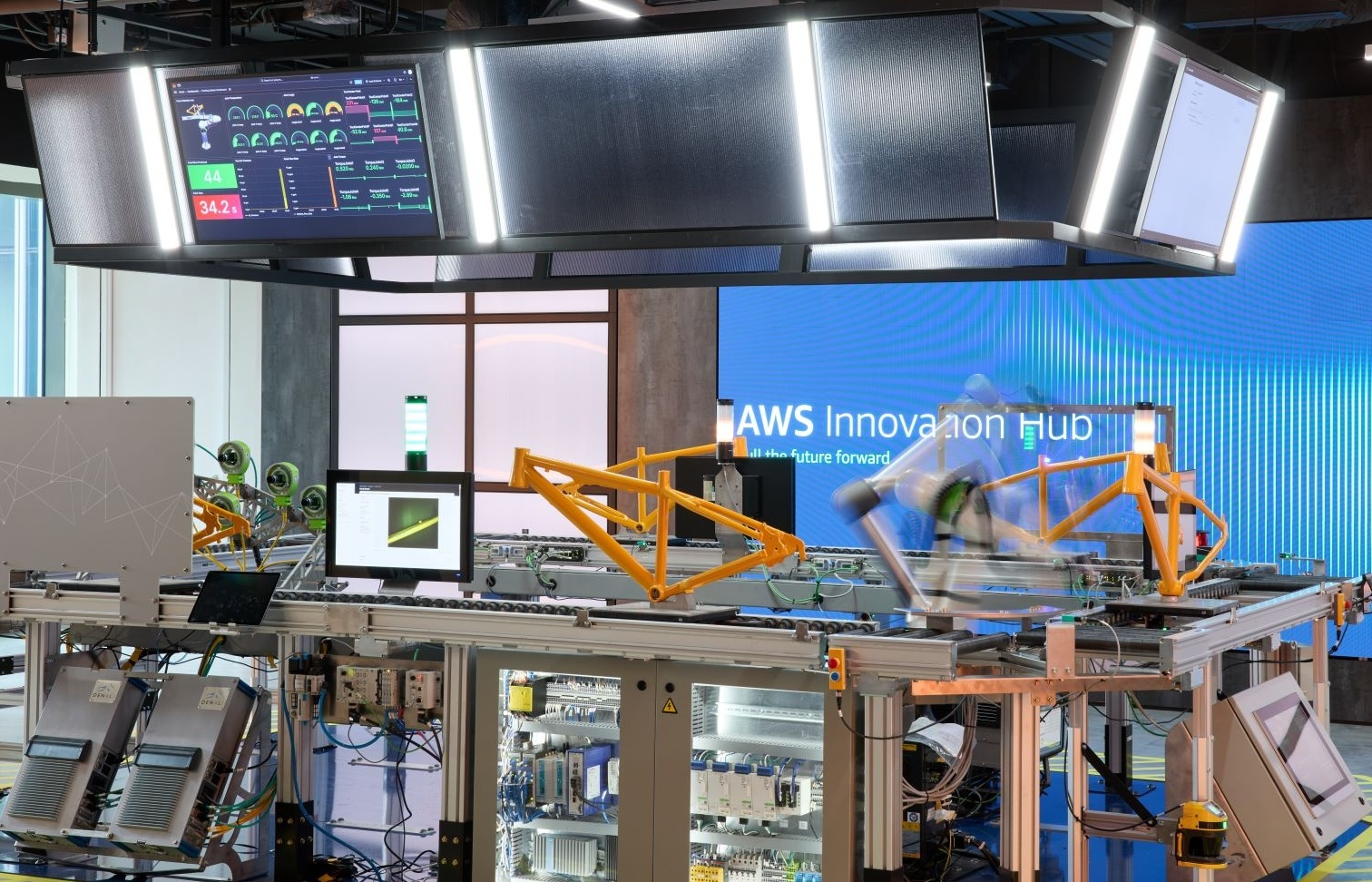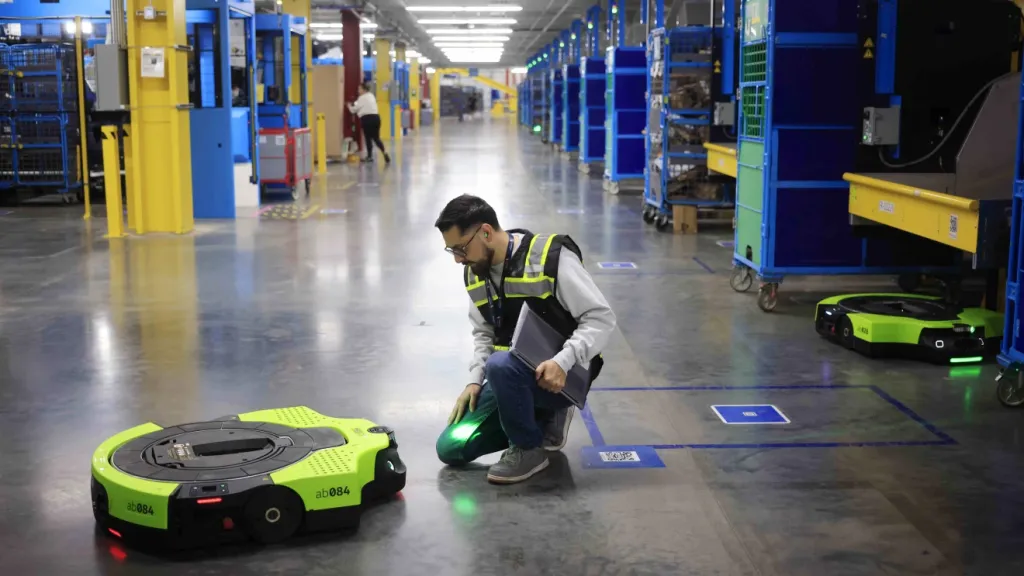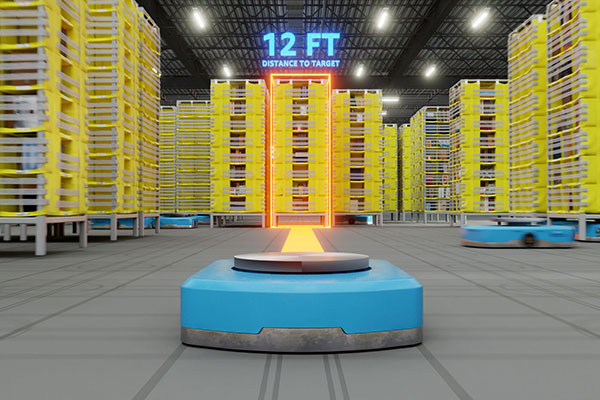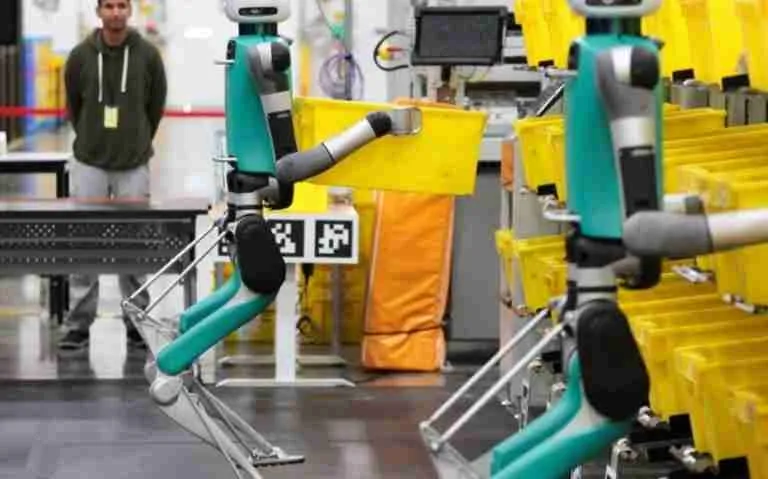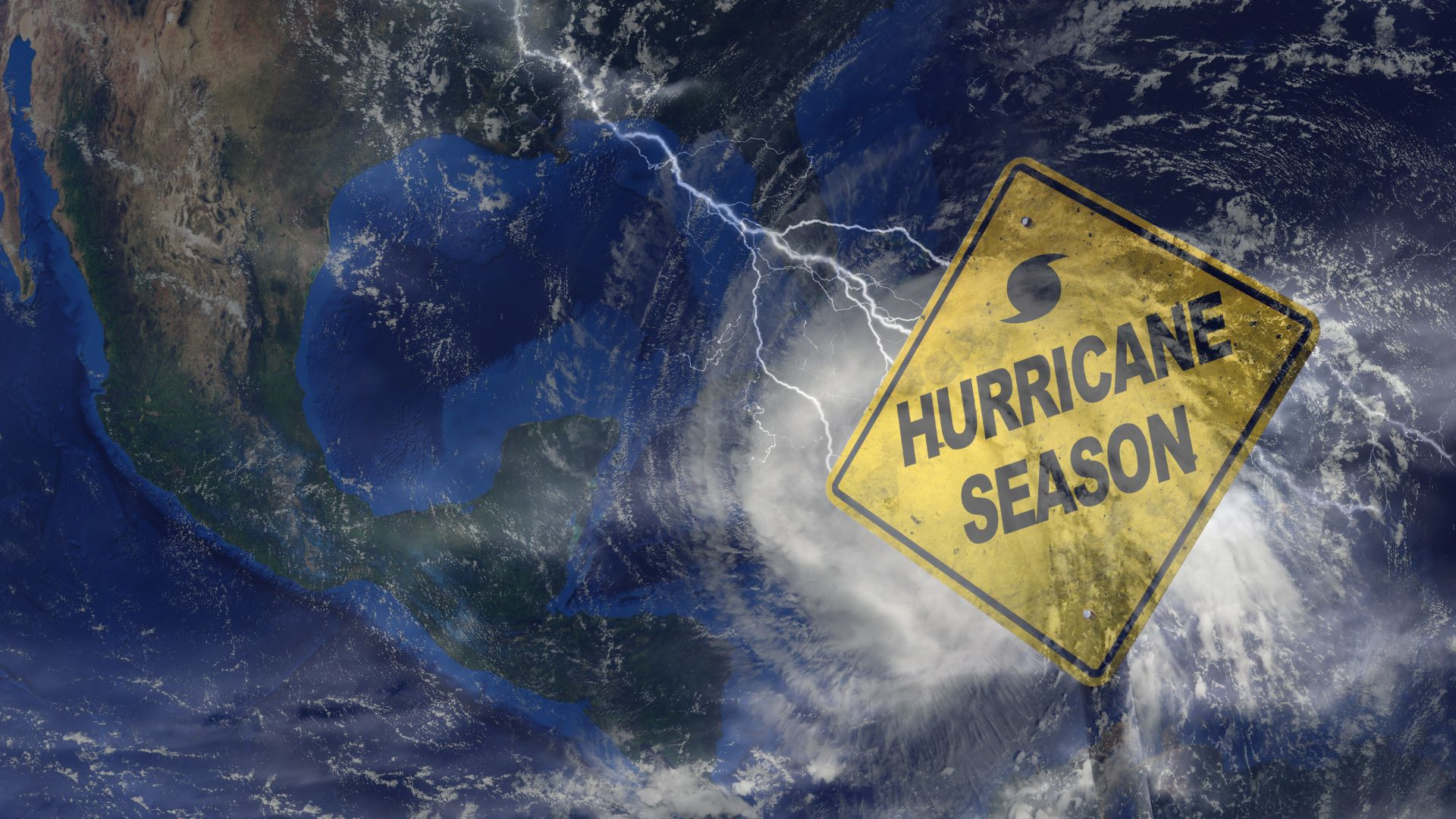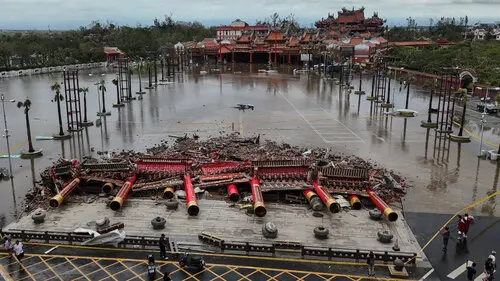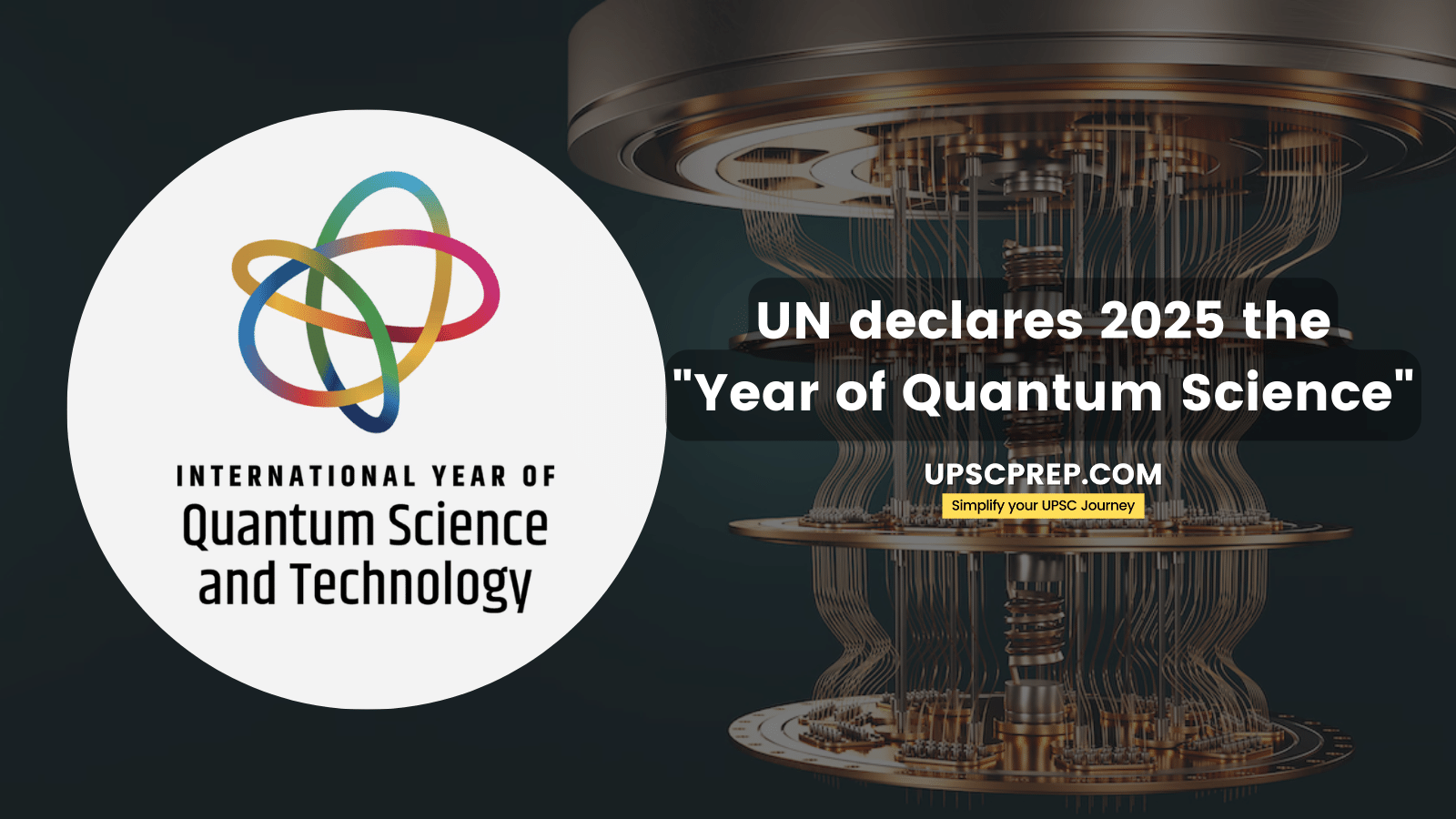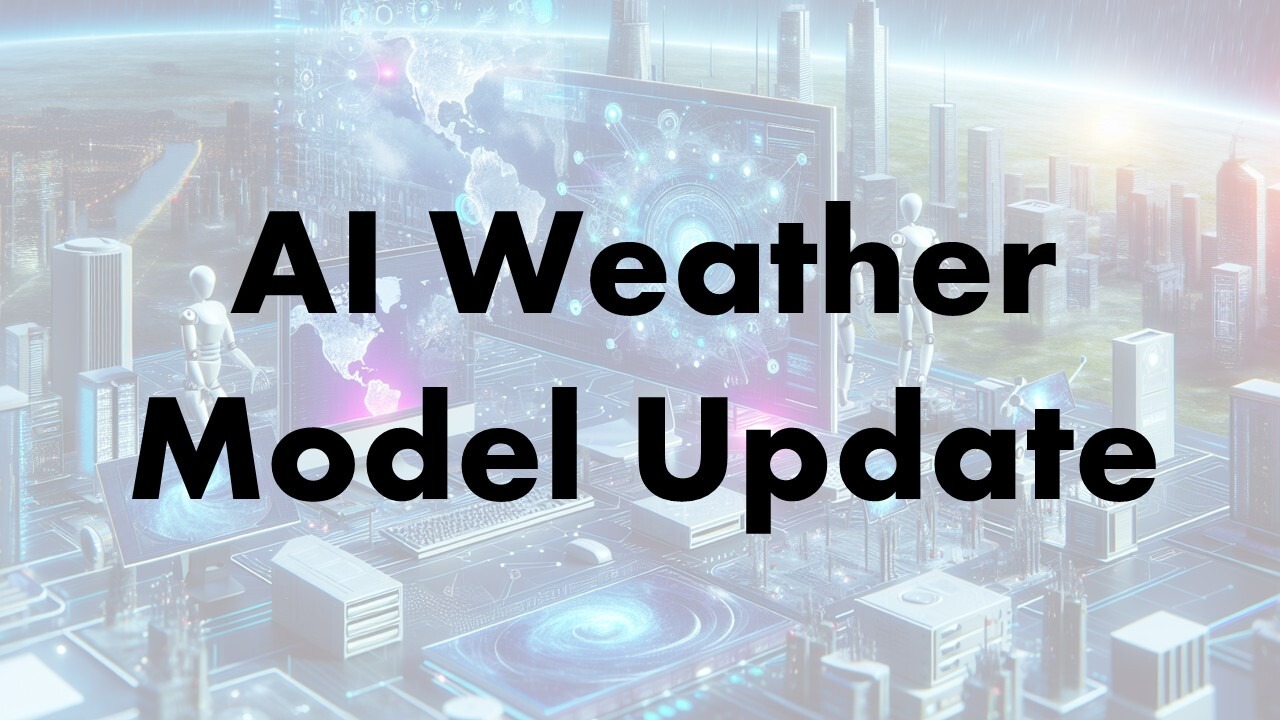
Revolution in Forecasting AI Weather Model “Aurora” Debuts with Unprecedented Accuracy
In a leap forward for global meteorology, a revolutionary artificial intelligence weather forecasting system named “Aurora” has officially debuted, promising faster, more accurate, and longer range predictions than traditional models. Developed through a collaboration between leading climate scientists, data engineers, and AI researchers from the Global Atmospheric Research Institute (GARI), Aurora is poised to redefine how humanity anticipates and prepares for weather events in a rapidly changing climate.
Unlike legacy numerical weather prediction models, which rely on vast physical simulations of atmospheric dynamics, Aurora uses a neural network based architecture trained on decades of satellite data, radar images, oceanic patterns, and high resolution climate models. The AI has ingested over 70 petabytes of historical and real time meteorological data, allowing it to generate hyper local, minute by minute forecasts with exceptional precision.
During initial trials across Asia, Europe, and the Pacific, Aurora demonstrated a 20 35% improvement in accuracy for severe weather predictions including cyclones, flash floods, heatwaves, and polar vortex shifts compared to traditional global models like ECMWF and GFS. In one notable test, Aurora predicted the sudden formation of a low pressure system off the coast of Indonesia 48 hours before human forecasters flagged it giving agencies more time to issue warnings.
Dr. Ayana Holt, chief architect of Aurora and a leading AI climatologist, explained, “We built Aurora not just as a forecasting engine, but as a real time learning system. It continuously refines its understanding of weather behavior with every data update. That’s the difference Aurora learns, adapts, and evolves with the planet’s atmosphere.”
One of Aurora’s standout features is its ability to generate personalized weather forecasts for specific use cases agriculture, aviation, disaster management, shipping, and even live events. Its multi scale capability allows it to zoom in from global patterns down to a 500 meter resolution, making it invaluable for urban microclimate modeling, drought risk mapping, and infrastructure planning.
Governments and international organizations have shown immediate interest. The United Nations Office for Disaster Risk Reduction (UNDRR) is already piloting Aurora in vulnerable coastal zones across Africa and Southeast Asia, where traditional forecasting has often failed due to infrastructure gaps. Meanwhile, several national meteorological agencies are integrating Aurora’s API into their systems for real time early warnings.
Importantly, Aurora has also been built with transparency and collaboration in mind. GARI has released a public facing dashboard for researchers, educators, and the general public, allowing users to view forecasts, track model changes, and even compare AI outputs with traditional simulations. The AI’s decision pathways are partially explainable, a critical feature in building public trust around algorithmic forecasting.
However, the launch hasn’t been without concerns. Critics warn that over reliance on AI without human oversight could be risky, especially in high stakes decision making during extreme events. Some experts also caution about potential blind spots in the data Aurora was trained on, such as underreported storm events in developing countries.
Still, the scientific community largely views Aurora as a major breakthrough. “This is not a replacement for meteorologists it’s a superpower for them,” said Prof. Liang Qiu, a veteran atmospheric physicist and advisor to the project. “Imagine an AI that can run millions of simulations in seconds and tell you the 10 most likely scenarios, ranked by confidence. That’s what Aurora does.”
As climate change accelerates and weather patterns grow more volatile, tools like Aurora may become essential for survival. if it’s giving farmers early warnings about frost, helping cities prepare for floods, or guiding global logistics around typhoons, Aurora’s arrival is being seen as a turning point in the world’s battle to stay ahead of nature’s chaos.
With ongoing updates, multilingual support, and open source research components, Aurora is more than a model it’s a dynamic global platform. And for a planet where the weather is increasingly unpredictable, that may be exactly what the future needs.
Related Post
Popular News
Subscribe To Our Newsletter
No spam, notifications only about new products, updates.

